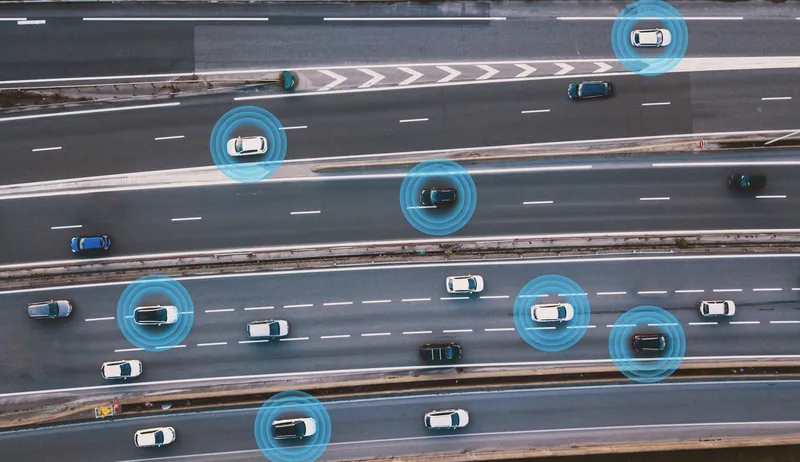Chrysler Group and Sprint have developed a new wireless in-vehicle connectivity experience for the Ram 1500 pickup and SRT Viper. The companies are evolving Uconnect to include a variety of new, easy-to-use connected features and services that are designed to help keep drivers focused on the primary driving task. Chrysler Group has enlisted the network, systems integration and consumer market expertise of Sprint in a strategic partnership designed to seamlessly integrate wireless technology into Chrysler Gr
August 7, 2012
Read time: 2 mins
Chrysler Group has enlisted the network, systems integration and consumer market expertise of Sprint in a strategic partnership designed to seamlessly integrate wireless technology into Chrysler Group’s Uconnect Access in-vehicle communication system. It is claimed that the result is an inspiring customer experience, with convenient features that make travel productive and entertaining. For instance, on- and off-board voice recognition technology makes the car smarter so drivers can use their voice to easily compose text messages or enter destination information into the navigation system in one step.
“Chrysler has chosen Sprint as the strategic partner to fulfill the key role of systems integrator for Uconnect Access,” said Marios Zenios, head of Uconnect Systems and Services, Chrysler Group. “Chrysler’s goal is to continue enhancing the ease-of-use of technology inside the car. Key factors in our decision to choose Sprint included Sprint’s best-in-class end-to-end telematics platform, secure and reliable network, unparalleled relationships within the telematics and broad machine-to-machine (M2M) ecosystem, and nimble consumer market experience, including a deep understanding of how customers experience and interact with wireless-based applications, both in and out of the vehicle.”









